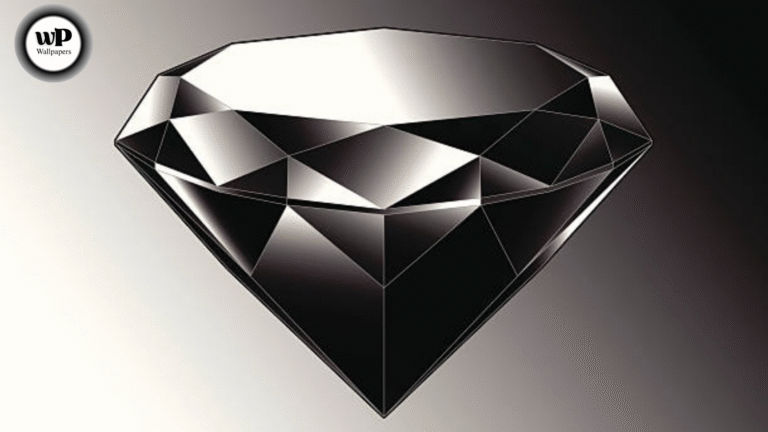Jacquard loom weaving is a sophisticated and intricate weaving technique that has revolutionized textile manufacturing. Named after Joseph Marie Jacquard, the inventor of the Jacquard loom, this weaving method allows for the automatic production of complex patterns without the need for manual intervention. Whether you’re a textile artist or a fashion designer, understanding Jacquard loom weaving can significantly elevate your projects, offering endless design possibilities, from intricate floral patterns to abstract motifs.
In this guide, we’ll explore the basics of Jacquard loom weaving, its history, and various techniques and patterns you can try in 2025. Whether you’re a beginner or an advanced weaver, this article will provide valuable insights to help you master the art of Jacquard weaving.
What is Jacquard Loom Weaving?
The Basics of Jacquard Loom Weaving
Jacquard loom weaving involves a mechanical process where each warp thread is individually controlled, allowing the creation of intricate and detailed patterns. Unlike traditional weaving, where patterns are limited to simple over-and-under techniques, the Jacquard loom uses punched cards or digital systems to control each warp thread separately. This enables highly complex designs to be woven quickly and efficiently.
History of Jacquard Loom Weaving
The Jacquard loom was invented in the early 19th century by Joseph Marie Jacquard. His invention revolutionized the textile industry by automating the process of weaving complex patterns. Before the Jacquard loom, these patterns had to be manually woven, a time-consuming and labor-intensive task. Jacquard’s loom inspired later developments in computer programming, as the punched cards used in Jacquard looms were a precursor to early computing systems.
Advantages of Using a Jacquard Loom
- Complex Patterns: The Jacquard loom allows for the creation of intricate designs, from floral motifs to geometric patterns.
- Time Efficiency: Automation speeds up the weaving process, allowing for faster production without compromising design quality.
- Versatility: The loom can handle various types of yarn and fabric, making it ideal for creating textiles for fashion, upholstery, and more.
Jacquard Loom Weaving Techniques
How Jacquard Looms Work
At the core of the Jacquard loom’s operation is its ability to control each warp thread. The loom uses either punched cards or a digital system to raise and lower each warp thread, depending on the desired pattern. This control allows weavers to create patterns with high precision.
Basic Jacquard Weaving Techniques
- Plain Weave: This is the most basic form of weaving on a Jacquard loom, where the weft threads pass over and under the warp threads.
- Twill Weave: In this technique, the weft threads pass over and under the warp threads in a diagonal pattern, creating a textured fabric.
- Satin Weave: Satin weaves create a smooth, shiny surface by passing the weft threads over multiple warp threads, producing a luxurious finish.
Advanced Jacquard Weaving Techniques
- Multi-color Jacquard Weaving: Using multiple weft threads or different colored yarns, advanced Jacquard looms can create multi-colored patterns, adding depth and richness to the fabric.
- Complex Motifs: With Jacquard looms, intricate motifs like flowers, birds, and abstract patterns can be woven directly into the fabric, making it an ideal technique for creating unique textiles.
Popular Jacquard Loom Weaving Patterns
Floral Patterns
Floral designs are a popular choice for Jacquard loom weaving, as the technique allows for the fine details of flowers, leaves, and vines to be woven into the fabric. These patterns are often used for decorative fabrics, home textiles, and high-end fashion.
Geometric Patterns
Geometric patterns like diamonds, triangles, and squares are commonly used in Jacquard weaving. These patterns are not only visually appealing but also demonstrate the precision of the Jacquard loom in producing perfect lines and shapes.
Damask Patterns
Damask is a reversible Jacquard weave pattern characterized by a combination of light and dark threads. It often features intricate, floral, or geometric motifs and is commonly used in luxury home textiles, such as tablecloths and curtains.
Abstract and Artistic Patterns
The Jacquard loom allows for the creation of abstract and modern art-inspired patterns. These designs can range from simple lines to complex compositions that challenge traditional notions of textile design.
Troubleshooting Common Jacquard Loom Issues
Uneven Tension
Uneven tension in the warp threads can lead to misalignment of the pattern. This issue can be resolved by adjusting the warp beam and ensuring consistent tension throughout the weaving process.
Pattern Misalignment
If the pattern starts to shift or misalign, it could be due to errors in the punched cards or digital programming. Regular checks and corrections are essential to ensure the pattern remains accurate.
Warp Breakage
Warp breakage can occur due to excessive tension or using low-quality yarns. To avoid this, use durable yarns and ensure the warp threads are properly tensioned before starting the weaving process.
The Future of Jacquard Loom Weaving
Digital Jacquard Looms
Advancements in technology have led to the development of digital Jacquard looms. These looms use computer programming to control the warp threads, making it easier to create complex patterns without the need for punched cards. Digital looms are becoming more accessible to both large-scale manufacturers and independent textile artists.
Sustainable Jacquard Weaving
With increasing awareness of environmental sustainability, sustainable Jacquard weaving is on the rise. By using eco-friendly yarns and minimizing waste, Jacquard weavers are contributing to the creation of environmentally conscious textiles.
Integration of Smart Technologies
The future of Jacquard weaving involves integrating smart technologies like sensors and AI to further automate and enhance the weaving process, creating even more intricate and customized patterns with less effort.
Conclusion
Jacquard loom weaving offers unparalleled design possibilities, allowing weavers to create intricate and beautiful fabrics with speed and precision. Whether you are interested in traditional patterns like damask or cutting-edge digital designs, Jacquard weaving opens up endless creative opportunities. As the technology behind Jacquard looms continues to evolve, this weaving technique will undoubtedly remain at the forefront of textile innovation in 2025 and beyond.
FAQs
- What is Jacquard loom weaving?
- Jacquard loom weaving is a technique that allows weavers to create intricate patterns by individually controlling each warp thread, enabling the automatic production of complex designs.
- How does a Jacquard loom work?
- The Jacquard loom uses punched cards or a digital system to control the individual warp threads, raising or lowering them to create detailed patterns in the fabric.
- What types of patterns can be woven with a Jacquard loom?
- Jacquard looms can create floral, geometric, damask, and even abstract patterns, offering a wide range of design possibilities.
- What are the advantages of using a Jacquard loom?
- The Jacquard loom allows for the production of complex, detailed patterns, increases weaving speed, and offers versatility in fabric creation.
- Can I create multi-colored designs with a Jacquard loom?
- Yes! Advanced Jacquard looms allow for multi-colored weaving, which adds depth and richness to the fabric.
- What is a damask pattern in Jacquard weaving?
- Damask is a reversible pattern characterized by light and dark threads, often featuring intricate motifs like florals or geometric shapes.
- Are digital Jacquard looms available?
- Yes! Digital Jacquard looms use computer programming to control the warp threads and create complex patterns more efficiently than traditional punched-card systems.
- How can I fix uneven tension on a Jacquard loom?
- Ensure the warp beam is properly adjusted and that the threads are evenly spaced to avoid uneven tension during weaving.
- Can Jacquard loom weaving be used for fashion design?
- Yes, Jacquard looms are often used in fashion to create unique, high-quality fabrics with intricate patterns.
- What is the future of Jacquard loom weaving?
- The future of Jacquard loom weaving includes the integration of digital technologies, sustainable practices, and smart technologies to create even more advanced and customized woven fabrics.



